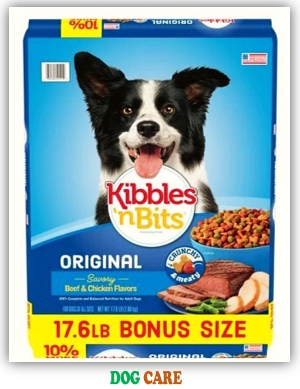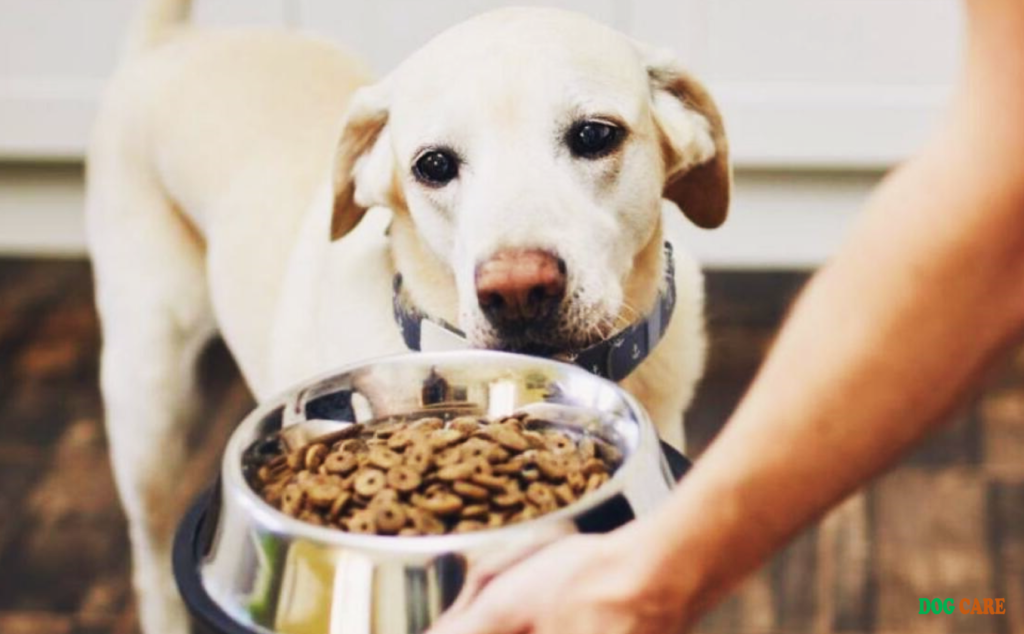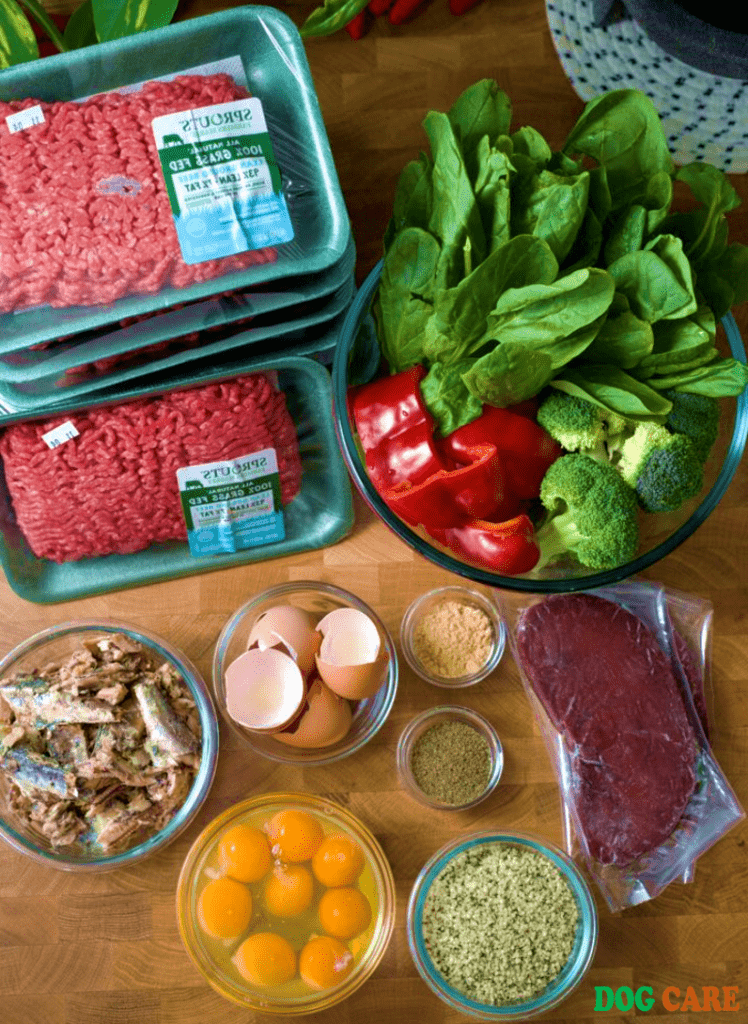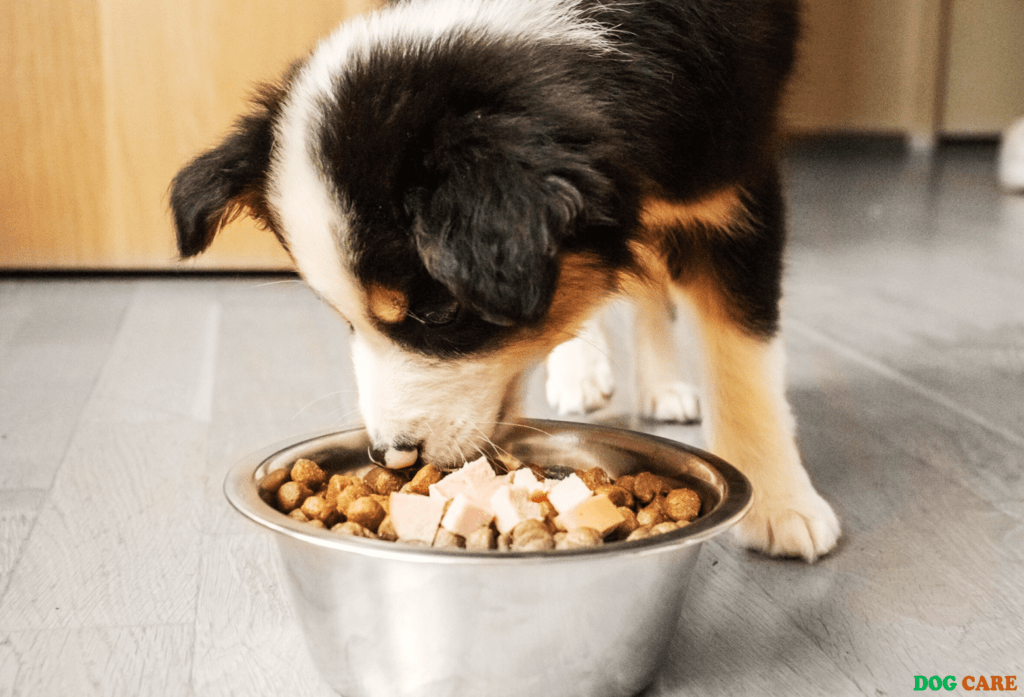Best And Worst Dog Food Brands : Some of the best dog food brands include Orijen, Taste of the Wild, and Blue Buffalo. On the other hand, some of the worst dog food brands to avoid are Purina Dog Chow, Kibbles ‘n Bits, and Ol’ Roy.
Choosing the right dog food is essential for your pet’s health and well-being. With so many options on the market, it can be challenging to determine which brands are the best and which ones to steer clear of. We will discuss some of the top dog food brands that provide high-quality nutrition for your furry friend, as well as some of the brands that fall short in terms of ingredients and overall nutritional value.
By the end, you will have a clear understanding of which dog food brands to trust and which to avoid when making your next purchase.

Understanding Dog Food Ingredients
Understanding dog food ingredients is essential for ensuring your furry friend receives the nourishment they need to thrive. With a myriad of options available in the market, deciphering the best and worst dog food brands can be a daunting task. This article dissects the importance of quality ingredients, sheds light on common harmful additives to avoid, and guides you through analyzing nutritional content, empowering you to make informed decisions for your pet’s well-being.
Importance Of Quality Ingredients
Quality ingredients form the backbone of a dog’s diet, contributing to their overall health and vitality. When opting for dog food, prioritize products containing wholesome, natural components such as lean proteins, healthy fats, and whole grains. These elements foster optimal growth, digestion, and immune system function, supporting your dog’s well-being at every stage of life.
Common Harmful Ingredients To Avoid
Steering clear of harmful additives is paramount in safeguarding your dog’s health. Common ingredients to avoid include artificial preservatives, colorings, and flavorings, which can trigger allergies and disrupt their digestive system. Additionally, be cautious of dog foods containing high levels of fillers like corn, soy, or wheat, as they offer limited nutritional value and can lead to weight gain and other health issues.
Analyzing Nutritional Content
Evaluating the nutritional content of dog food is crucial in ensuring your pup’s dietary requirements are met. Look for a balanced blend of macronutrients, including protein, carbohydrates, and fats, as well as essential vitamins and minerals. Familiarize yourself with the Association of American Feed Control Officials (AAFCO) standards and learn how to interpret nutritional labels to discern the quality of the product you are considering.
Unveiling The Best Dog Food Brands
When it comes to choosing the best dog food for your furry companion, it’s important to consider several factors. From the nutritional quality to customer feedback, uncovering the top-rated dog food brands is crucial for your pet’s health and well-being.
Criteria For Selecting Top Brands
Before diving into the top-rated dog food brands, it’s essential to understand the criteria for selecting these brands. Factors like ingredients, nutritional value, sourcing, and manufacturing processes play a crucial role in determining the top dog food brands.
Top-rated Brands For Nutritional Quality
High-quality dog food brands stand out for their nutritional value and premium ingredients. Brands like Acana, Orijen, and Blue Buffalo are renowned for their commitment to using real meat, natural ingredients, and avoiding fillers and by-products in their formulations. Their focus on providing balanced and complete nutrition ensures that your dog receives the vital nutrients they need for optimal health.
Customer Feedback And Reviews
Customer feedback and reviews offer valuable insights into the efficacy of dog food brands. From Hill’s Science Diet to Taste of the Wild, these brands have garnered praise from pet owners for their commitment to quality, palatability, and visible benefits in their furry friends. By carefully considering the experiences and opinions of other pet owners, you can make an informed decision when selecting the best dog food for your beloved companion.
Revealing The Worst Dog Food Brands
When it comes to providing the best nutrition for our furry friends, identifying the worst dog food brands is just as important as recognizing the top performers. The quality of the food we feed our dogs plays a crucial role in their overall health and well-being, making it imperative to understand which brands may fall short in delivering nutritionally sound products. In this section, we’ll delve into the essential factors to consider when identifying substandard brands, the controversy surrounding certain ingredients, and the potential health risks associated with poor quality dog food brands.
Identifying Substandard Brands
Identifying substandard dog food brands involves thorough research and scrutiny. Brands with a history of recalls, inadequate nutritional content, and subpar ingredients are among the indicators of poor quality. It’s essential to carefully examine the reputation and transparency of the manufacturer, as well as the sourcing and processing of the ingredients used in their products.
Brands With Controversial Ingredients
When it comes to dog food, controversial ingredients such as artificial preservatives, fillers, by-products, and excessive amounts of grains can pose a significant concern. Understanding which brands incorporate these contentious components is crucial for pet owners looking to make informed decisions about their dog’s diet.
Health Risks Associated With Poor Quality Brands
The consumption of poor quality dog food can lead to a range of health risks for our canine companions, including nutritional deficiencies, digestive issues, allergies, and even more severe conditions. It’s imperative to be aware of the potential consequences associated with feeding dogs substandard food in order to make the best choices for their well-being.

Choosing The Right Dog Food For Your Pet
When it comes to your furry friend, choosing the right dog food is crucial for their well-being. With a plethora of options available in the market, it can be overwhelming to determine the best and worst dog food brands. Tailoring food to your dog’s needs, understanding how to read dog food labels, and finding a balance between price and quality are essential factors to consider when selecting the ideal dog food for your pet.
Tailoring Food To Your Dog’s Needs
Every dog is unique, and their nutritional needs vary based on factors such as breed, age, size, activity level, and any underlying health conditions. It is essential to tailor their food accordingly to ensure they receive the right balance of nutrients.
Tips For Reading Dog Food Labels
Reading dog food labels can be baffling due to the abundance of information. Look for high-quality protein sources such as chicken, beef, or fish as the main ingredient. Avoid dog foods containing fillers, by-products, and artificial additives. Understanding the guaranteed analysis, ingredient list, and nutritional adequacy statement on the label can help you make an informed decision about the quality of the dog food.
Balancing Price And Quality
While it’s tempting to opt for budget-friendly options, it’s equally important to consider the quality of the dog food. High-quality dog food may cost more, but it can contribute to your dog’s long-term health and well-being. Assessing the price per serving and the nutritional value can help strike a balance between affordability and nutritional benefits for your pet.
Best Practices For Switching Dog Foods
Switching your dog’s food can be a delicate process that requires careful consideration and planning. To ensure a smooth transition, it’s important to follow best practices for switching dog foods. These practices include gradual transition strategies, monitoring your dog’s response, and seeking professional advice. By adhering to these best practices, you can minimize the risk of digestive upset and ensure that your dog’s nutritional needs are met.
Gradual Transition Strategies
When transitioning your dog to a new food, it’s essential to do so gradually. Abrupt changes in diet can lead to gastrointestinal issues such as vomiting and diarrhea. Gradually mix the new food with the old food over a period of 7-10 days, gradually increasing the proportion of the new food while decreasing the old food. This slow transition gives your dog’s digestive system time to adjust to the new food and minimizes the risk of digestive upset.
Monitoring Your Dog’s Response
During the transition period, it’s crucial to closely monitor your dog’s response to the new food. Look for any signs of digestive upset, such as changes in stool consistency, vomiting, or loss of appetite. If you notice any adverse reactions, it may be necessary to slow down the transition process or consider switching to a different food. Monitoring your dog’s response allows you to proactively address any issues that may arise during the transition.
Seeking Professional Advice
If you have concerns about switching your dog’s food or if your dog has specific dietary needs, it’s important to seek professional advice. A veterinarian or canine nutritionist can provide personalized recommendations and guidance based on your dog’s individual needs. They can help you select the best food for your dog and provide valuable insights on how to successfully transition to the new food. Professional advice can ensure that your dog’s nutritional requirements are met and that the transition process is as smooth as possible.
Testing And Evaluating Dog Foods
When it comes to choosing the best dog food for your furry companion, it’s crucial to conduct thorough testing and evaluations. This step ensures that your dog receives the right nutrition to support their overall health and well-being. In this article, we’ll dive into the key aspects of testing and evaluating dog foods, including conducting home tests, consulting with veterinarians, and monitoring long-term health.
Conducting Home Tests
Conducting home tests allows pet owners to assess the quality of different dog food brands. This involves examining the ingredients, nutritional content, and observing how their dog responds to the food. By introducing a new brand or type of food, and closely monitoring their pet’s reaction, owners can gain valuable insights into what works best for their dog’s specific needs, including any allergies or sensitivities.
Consulting With Veterinarians
Consulting with veterinarians is an essential step in evaluating dog foods. Veterinarians can provide expert guidance on the nutritional requirements of dogs, as well as specific recommendations based on breed, age, and health conditions. They can also offer insights into the reputation and reliability of various dog food brands, ensuring that pet owners make informed decisions when it comes to their dog’s diet.
Monitoring Long-term Health
Monitoring long-term health is critical in assessing the effectiveness of a chosen dog food brand. Paying attention to your pet’s energy levels, coat quality, digestive health, and overall vitality over an extended period allows for an accurate evaluation of the food’s impact. Consistent visits to the veterinarian can help to track any changes in health, and adjust the dog’s diet accordingly for optimal well-being.
Frequently Asked Questions On Best And Worst Dog Food Brands
What Dog Food Do Vets Not Recommend?
Vets do not recommend dog food with excessive fillers, artificial colors, and preservatives. They also advise against foods high in grains and low-quality meat by-products. It’s best to opt for high-quality, balanced diets for your furry friend’s health and well-being.
What Is The Absolute Worst Food For Dogs?
The worst food for dogs includes chocolate, grapes, onions, garlic, and xylitol. These can be toxic and harmful to dogs, leading to severe health issues and even death. Always consult with your vet before feeding your dog any human foods.
Is Blue Buffalo A Good Dog Food Brand?
Yes, Blue Buffalo is a good dog food brand known for its high-quality, natural ingredients that support pet health.
Which Popular Dog Food Brand Has Poisoned And Killed Thousands Of Dogs?
The popular dog food brand that has poisoned and killed thousands of dogs is Hill’s Pet Nutrition.
What Are The Best Dog Food Brands For My Pet’s Health?
The best dog food brands prioritize quality ingredients and balanced nutrition for your pet’s health.
How Can I Identify The Worst Dog Food Brands To Avoid?
Look for dog food brands with excessive fillers, by-products, and artificial additives as potential red flags.
Conclusion
With numerous options available, choosing the right dog food brand is crucial for your pet’s well-being. By considering the nutritional content, ingredient quality, and potential allergens, you can make an informed decision. Remember to consult with your veterinarian to select the best food for your furry friend’s specific needs for a happy and healthy life.
Best And Worst Dog Food Brands


